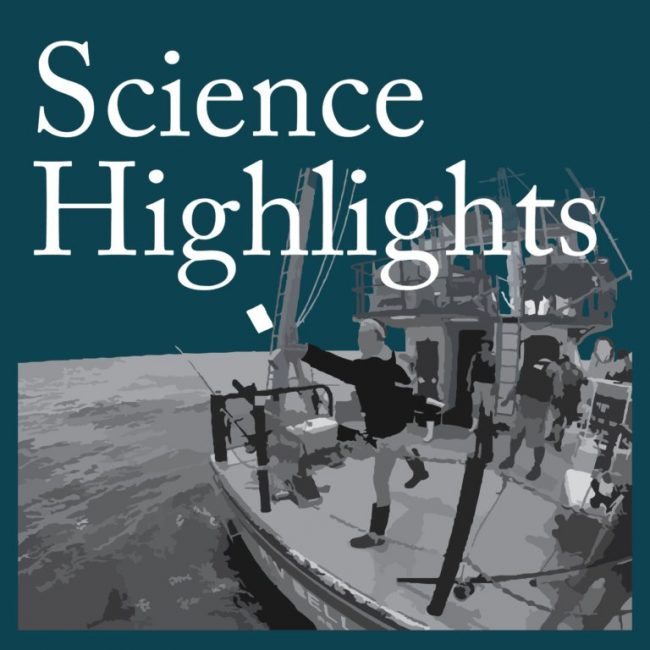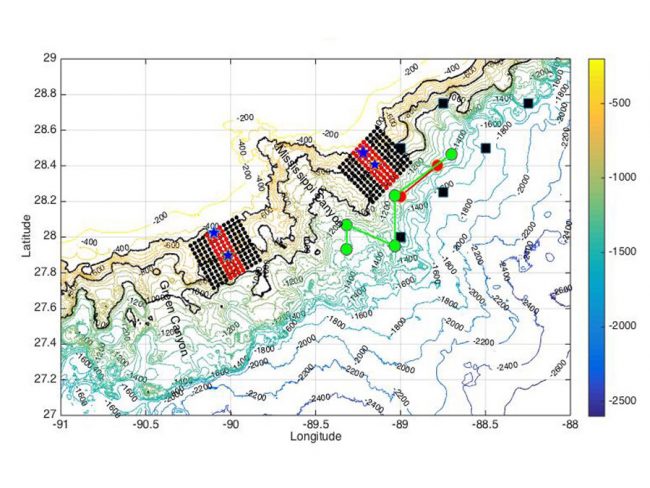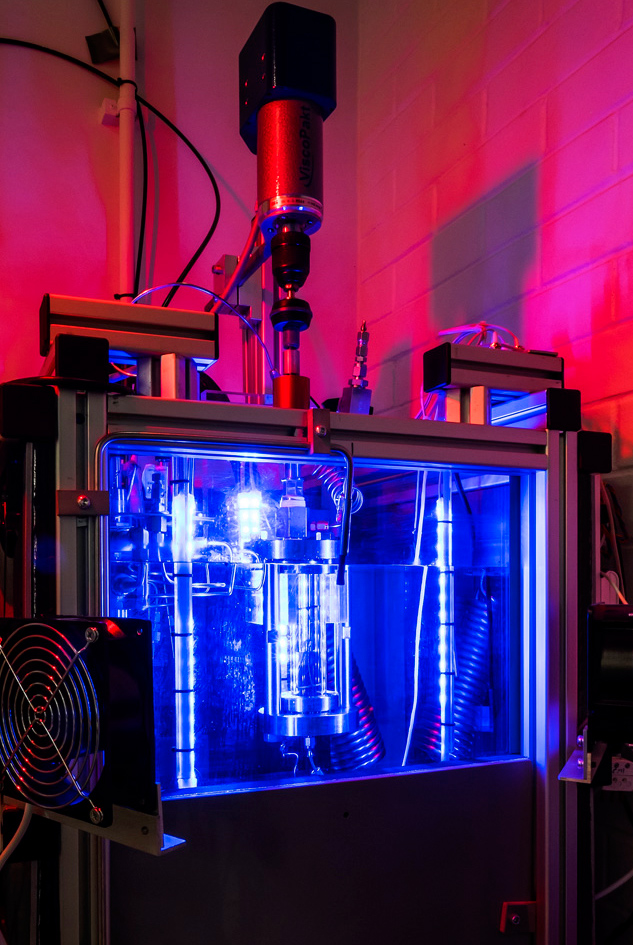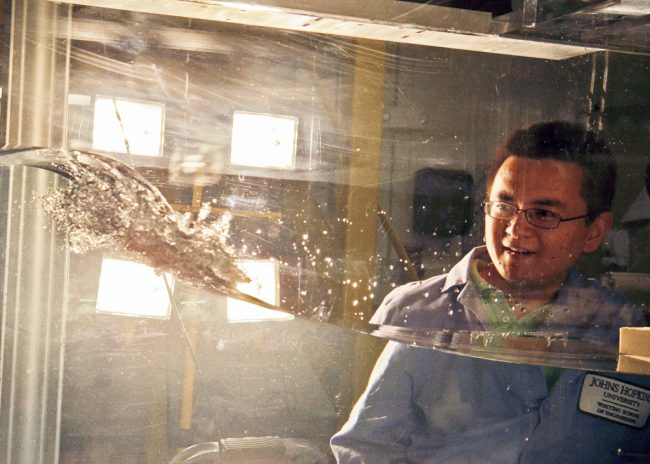Study Demonstrates How Natural Clay Particles Enhance Oil Dispersion and Biodegradation
Scientists conducted laboratory experiments using an abundant natural clay material, kaolinite, modified with carbon derived from chitosan as an environmentally friendly alternative to chemical dispersants and visualized resulting phenomena at nanoscale detail.






